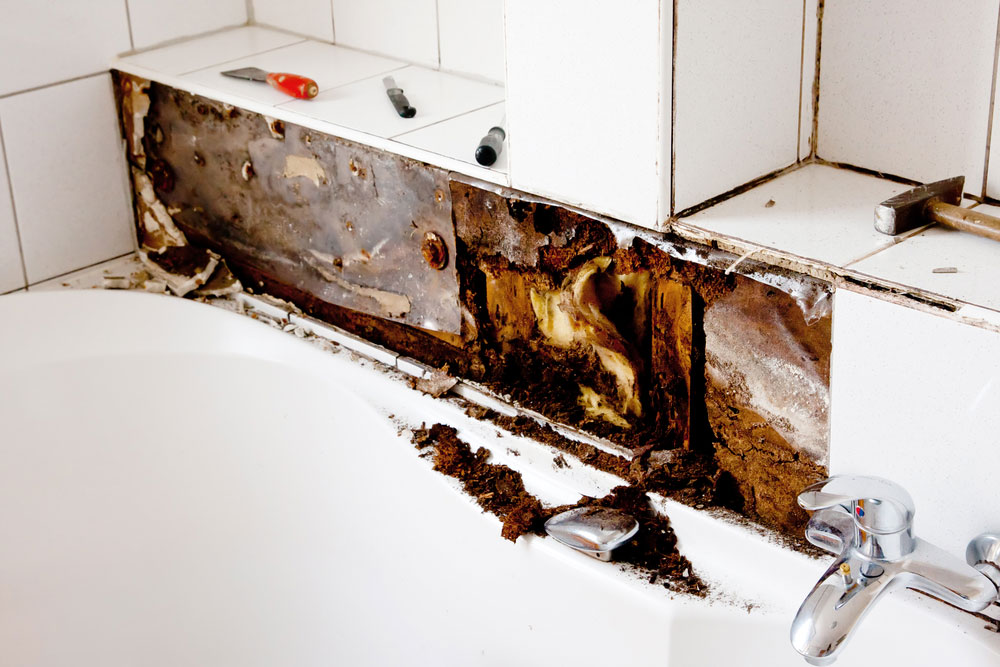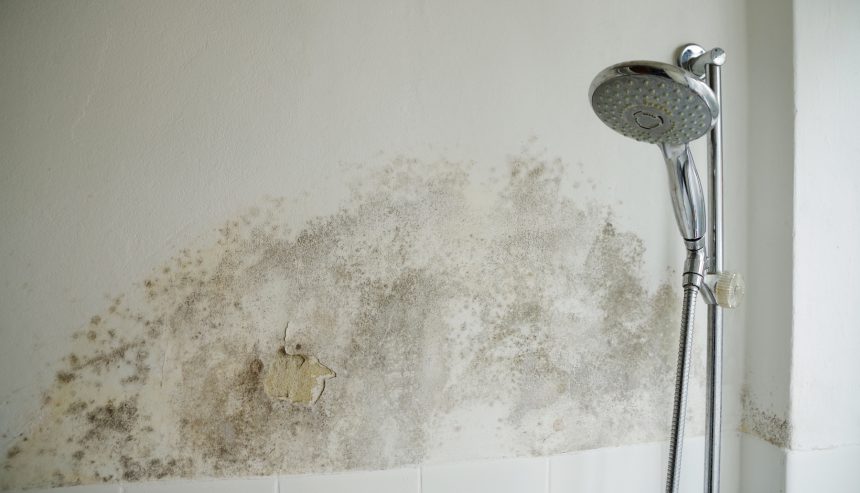How to Fix as well as Avoid Bathroom Water Damage
How to Fix as well as Avoid Bathroom Water Damage
Blog Article
The author is making several great points regarding Preventing Water Damage in the Bathroom in general in this post beneath.

The washroom is very at risk for damp buildup as well as possible water damage as a result of the frequent use water in it. This article supplies easy assessment techniques to assist detecting water damage threats.
The frequent use water in the bathroom makes it incredibly at risk for moist build-up and also potential water damage. By evaluating it regularly, you can decrease water relevant damages.
The complying with collection of assessments is easy to do and also should be done as soon as in every three months in order to maintain your washroom in good shape and to stop potential water problems caused by the bathtub, the shower, pipeline joints and plumbing, sinks, cupboards, and also the toilet
Do not disregard executing these examinations and also be comprehensive while executing them. Keep in mind that these basic examinations can save you a great deal of cash by providing early indicators for water damages
Bathtub as well as Shower
The shower and also bathtub need unique focus and maintenance. Inspect the floor tiles and replace if split. See to it that there is no missing grout between the floor tiles. Evaluate and replace split caulking at joints where the wall surfaces meet the floor or the tub. Blocked drains pipes and also pipes issues will stop the bath tub from drying and may suggest severe troubles under the bathtub. Speak with an expert promptly to stop architectural damages. Pay attention to discolorations or soft areas around the tub walls as they may suggest an interior leakage.
Plumbing
Signs for water damages are difficult to find given that most pipelines are mounted inside the wall surfaces.
Pay unique focus to floor covering and wall surfaces wetness as well as spots as they might suggest an undetectable plumbing trouble. Examine dampness degrees in adjacent spaces also.
Sinks as well as Cabinets
Sinks as well as cupboards are subjected to wetness and humidity daily and are often overlooked. Evaluate consistently under the sink and also on the kitchen counter over it. Repair any type of drip in the trap as it may recommend drainpipe troubles. Browse the sink, slow draining pipes might show an obstructed drain. Replace sink seals if they are cracked or loosened.
The Commode
The commode is a prone water junction. Check the water lines and look for leakages around the bathroom seat, in the hose, and under the water container. If you find any type of signs of moisture on the floor around the toilet, look for leakages in the toilet edge as well as storage tank seals.
Understand that hanging toilet bowl antiperspirants boosts the possibilities for blockages.
Water Damage Signs In The Bathroom To Avoid Cleanup
Musty smell
This is one of the easiest signs to catch because musty smells are so odorous. The damp, earthy, moldy smell should be a big red flag. The smell will develop when moisture gets trapped in surfaces, and begins to facilitate mold growth. Leaking pipes under cabinets, inside walls, and behind shower fixtures will cause moisture to stay trapped and not dry, which will lead to mold growth and spread. As soon as you notice any musty smells in your bathroom, have it checked for hidden water damage and cleanup signs.
Visible mold
If the smell isn’t there to give it away, sometimes you will actually see mold growth. Finding mold in your bathroom is a serious problem, because mold is very harmful to your health. By the time mold growth is visible, it also means that water damage has already occurred and been present for some time. The only way the mold problem can be resolved is to find the source of the moisture and get it stopped. To safely and adequately remove mold, you need to have professionals handle the remediation. Do not waste any time in getting mold problems addressed, fixed, and sanitized so that you can protect you and your family from the many respiratory symptoms caused by mold exposure.
Damaged floors
Bathroom floors should be able to withstand some exposure to water while still remaining in good condition. However, when excess exposure or water leaks occur, they will begin to damage even the most water-resistant flooring. If you notice any cracking, bubbling, staining, or warping on your bathroom floors, there is probably a water leak somewhere causing the distortion. If you notice areas of the floor have become softer, or even have a spongy feeling, there is probably damage to the subfloor. Subflooring is typically made up of plywood. When plywood is exposed to water or moisture, it will absorb it. Once it has become saturated, the weight of the excess water will cause the wood to swell and soften. Check the floors in your bathroom frequently to catch any of these sings before they lead to damaged subflooring.
Changes on walls
When water leaks behind walls, it will cause changes in the drywall. Peeling plaster, blistering paint, and soggy wallpaper are all good indicators that excess water is building up behind the wall. Water leaking behind drywall will cause it to swell and be soft to the tough. If you start to notice gaps along the trim of your walls, or where tile meets the wall, it could also be a strong indicator that there is a leak behind the wall. Any changes, distortion, or damage on the walls should be evaluated as soon as you notice it to prevent further water damage and cleanup.

I ran across that piece of writing on How to Repair and Prevent Bathroom Water Damage when doing a search on the internet. Make sure you set aside a second to distribute this article if you enjoyed it. Many thanks for your time. Visit again soon.
Recurring Service Plans Report this page